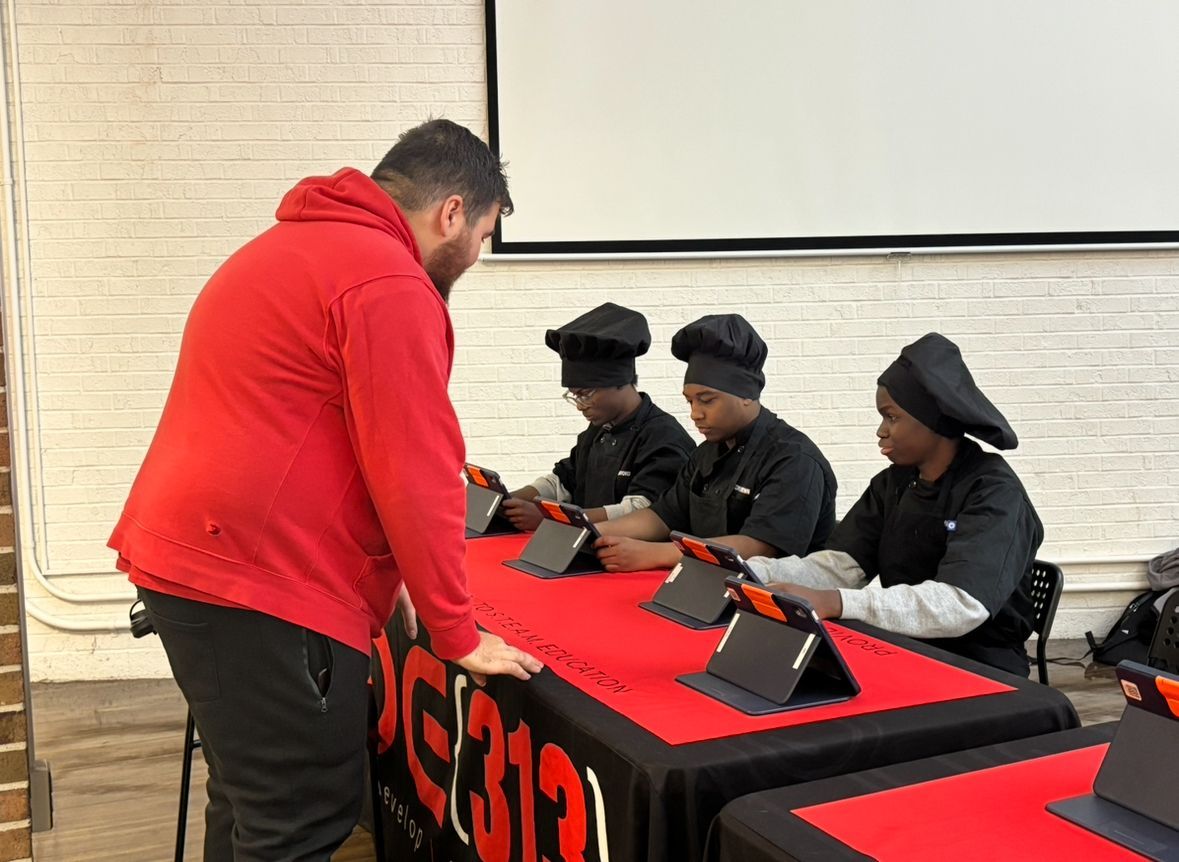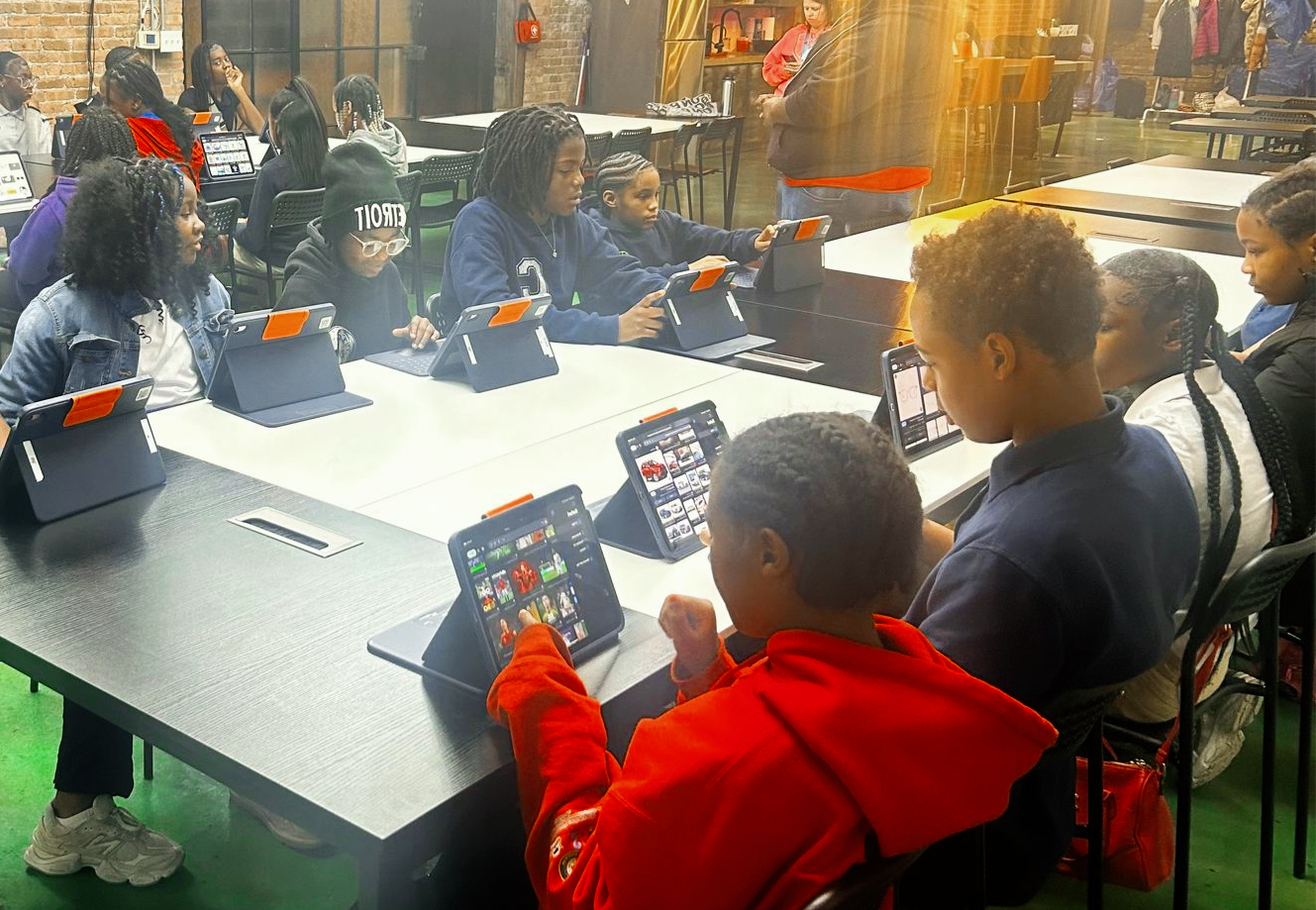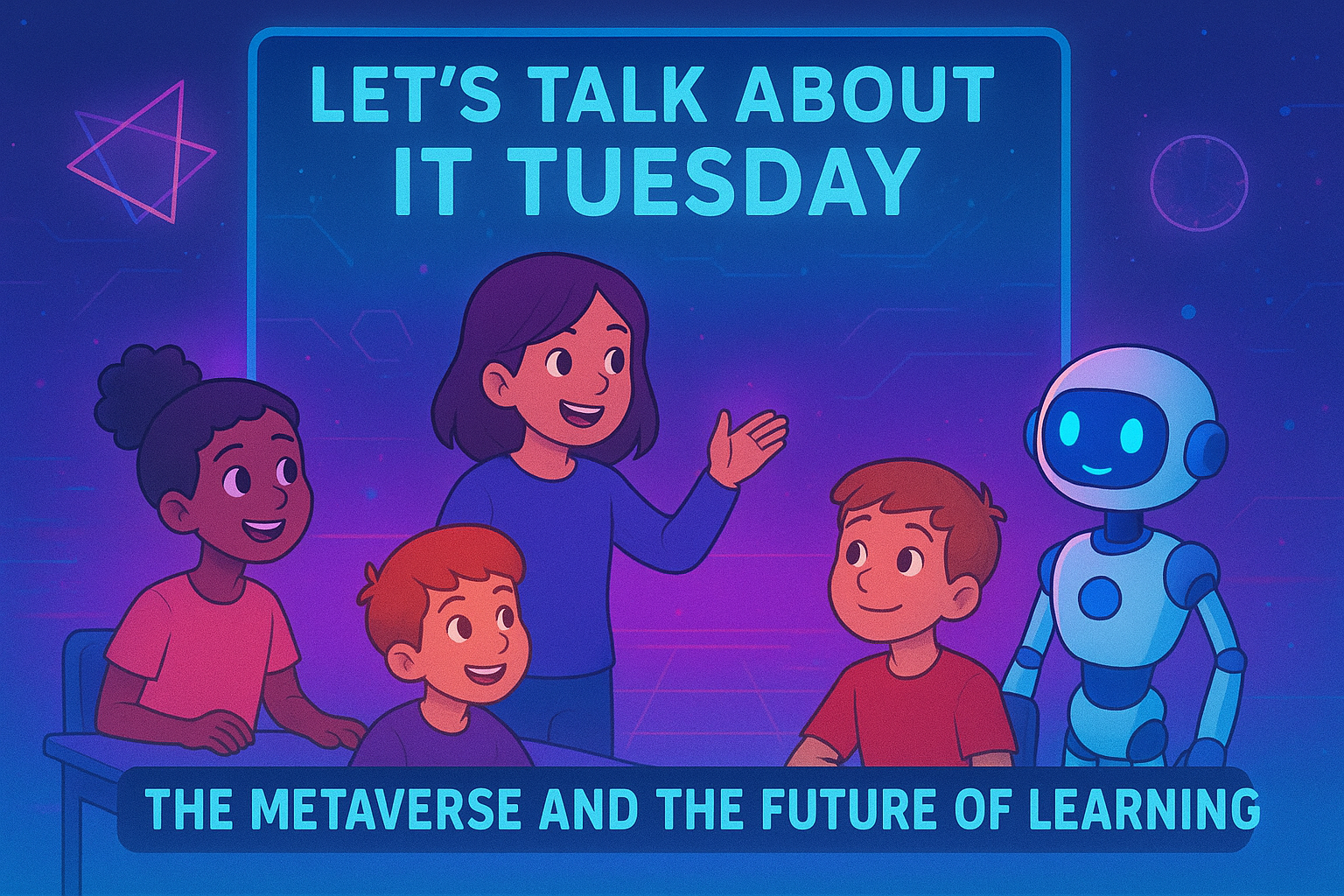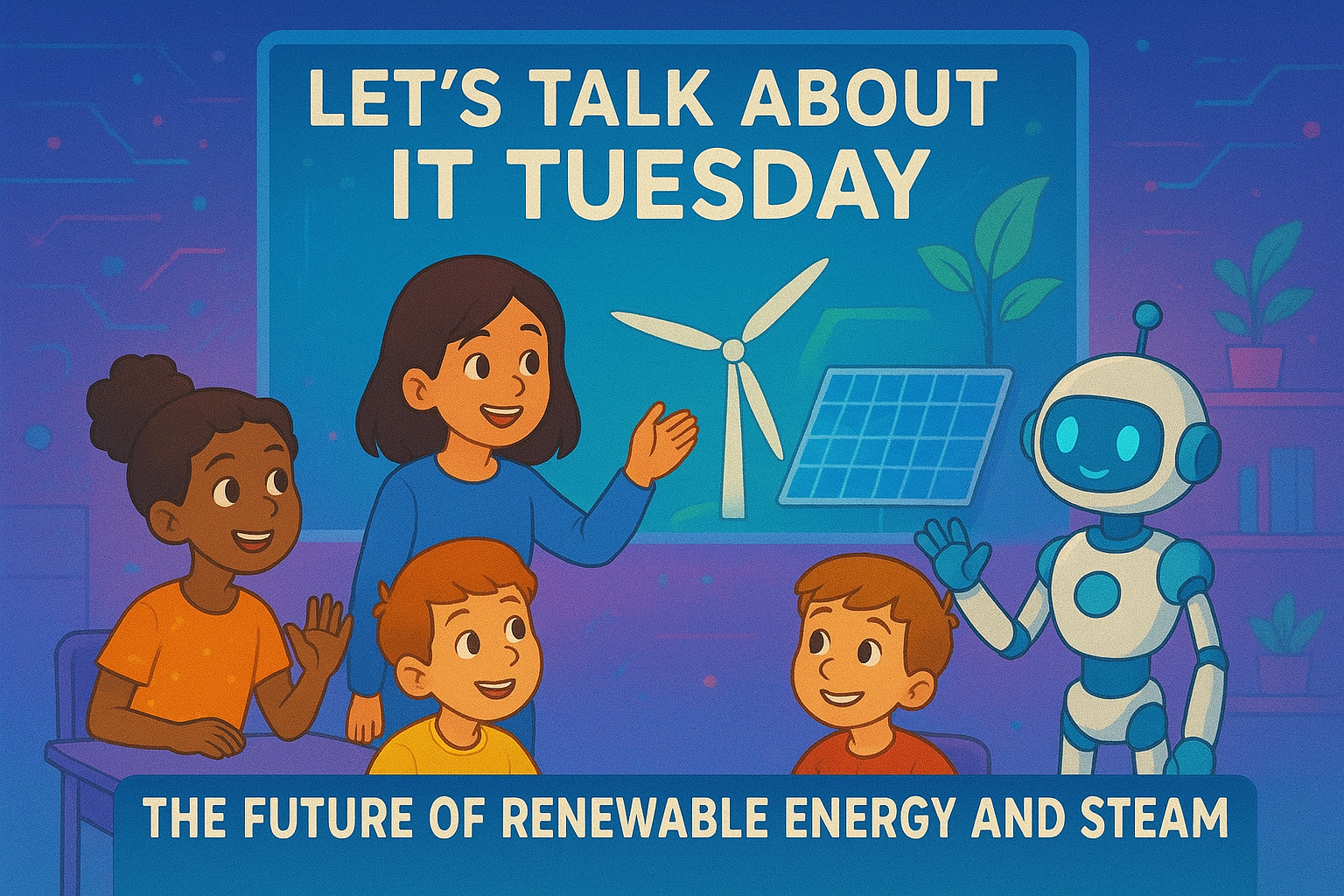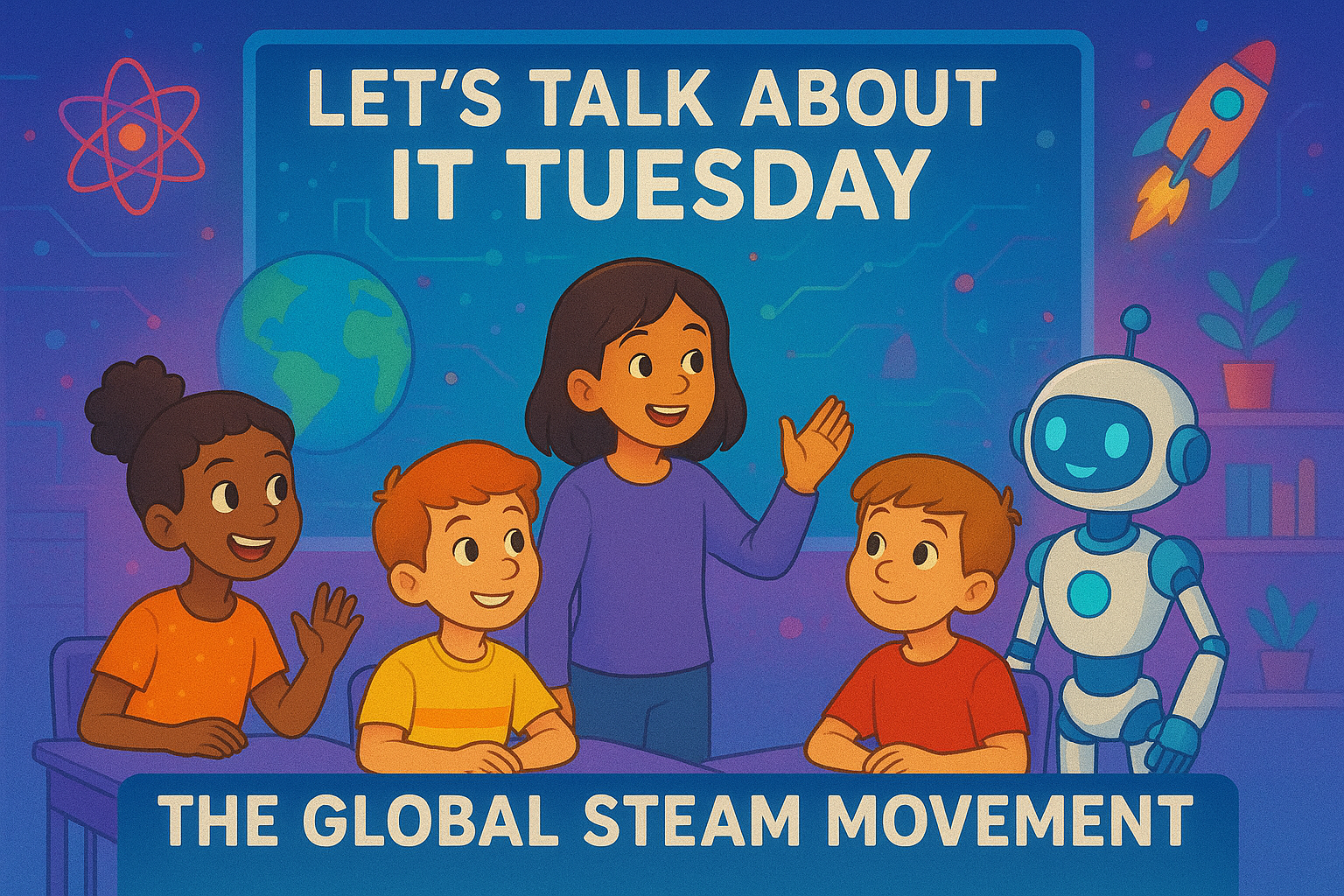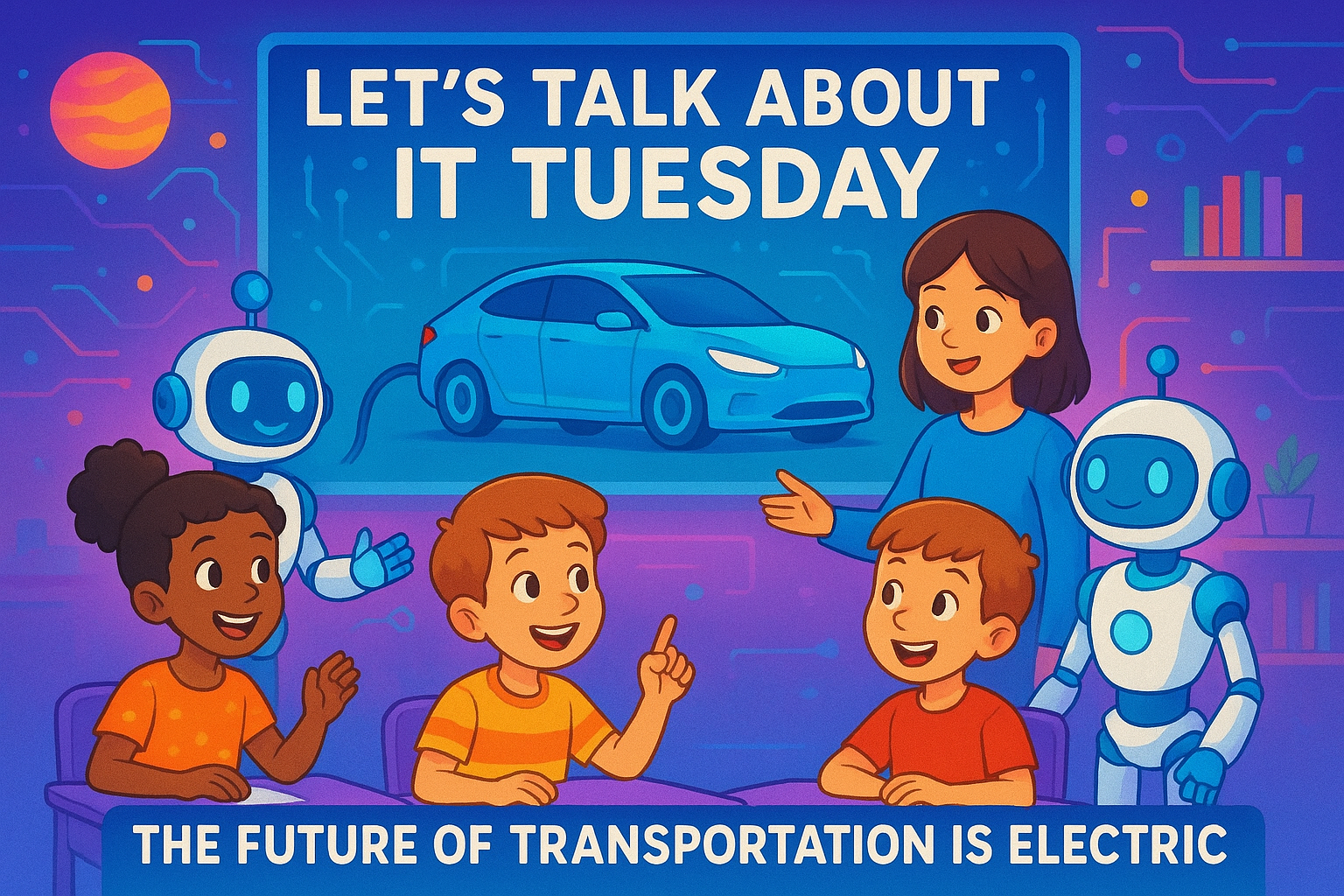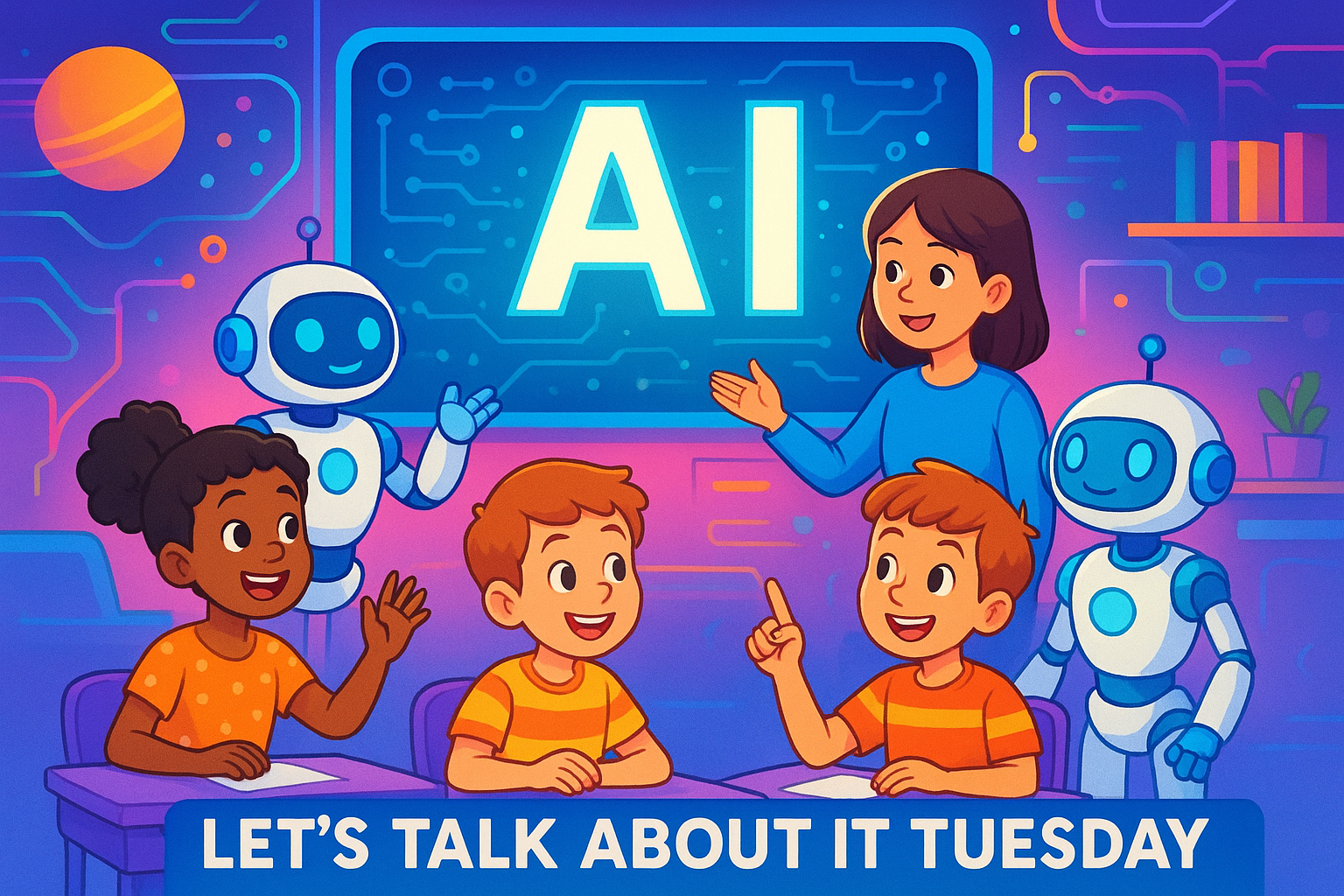Let’s Talk About It Tuesday: How STEAM Has Created The Future
How has STEAM Created The Future?
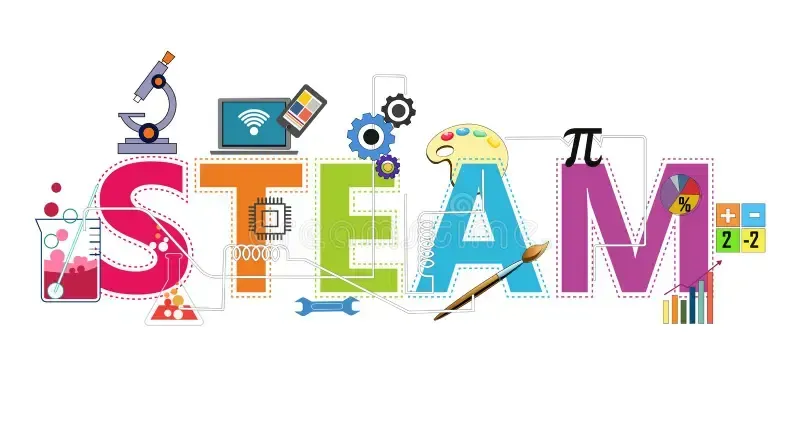
Let’s Talk About It Tuesday: How STEAM Has Created The Future
Innovation drives the world forward, and behind every groundbreaking advancement, there’s a foundation built on Science, Technology, Engineering, Arts, and Mathematics—better known as STEAM. From artificial intelligence to self-driving cars, STEAM education has shaped the brightest minds of our time. Today, let’s talk about how STEAM has paved the way for modern innovation and why it remains essential for the next generation of changemakers.
STEAM education nurtures curiosity, encouraging students to experiment, question, and seek solutions. The greatest innovators don’t just memorize facts—they ask why and how. This mindset has led to some of the most revolutionary breakthroughs, from electric vehicles to life-saving medical technology. When students are taught to think critically and approach problems with an open mind, they develop resilience and confidence—two key traits of successful innovators.
Technology has transformed the way we live, and at the heart of it is coding and engineering. The apps we use daily, the smart devices in our homes, and even the AI behind our search engines all exist because of these skills. Innovators like Elon Musk, Bill Gates, and countless young tech prodigies have used STEAM knowledge to build the digital world we rely on today. Without STEAM, we wouldn’t have the groundbreaking medical advancements that help diagnose diseases early, the space exploration projects pushing humanity beyond Earth, or the renewable energy solutions working to combat climate change.
Creativity fuels innovation. The "A" in STEAM reminds us that science and technology aren’t just about numbers; they require imagination. Whether designing user-friendly apps, crafting immersive video game experiences, or developing interactive AI, the arts bridge the gap between logic and creativity, making technology more engaging and accessible. Every great innovation requires a creative approach—after all, the world’s most successful entrepreneurs and inventors didn’t just follow formulas; they thought outside the box and found new ways to approach problems.
Innovation happens through trial and error. STEAM programs emphasize project-based learning, allowing students to build robots, code software, and create solutions for real-world problems. This hands-on approach prepares future innovators to tackle challenges in industries like healthcare, sustainability, and space exploration. When students are given the chance to experiment, make mistakes, and refine their work, they build the perseverance necessary to push through obstacles—something every successful innovator must master.
Beyond technological advancements, STEAM fosters collaboration. Whether it’s a group of students working together to design a new app, scientists from different backgrounds developing a new medical treatment, or engineers solving global infrastructure challenges, teamwork is at the core of innovation. Learning to communicate and collaborate effectively is just as important as technical skills, and STEAM programs encourage students to work together, exchange ideas, and develop solutions that benefit society as a whole.
From Nobel Prize-winning scientists to teenage entrepreneurs designing groundbreaking apps, today’s leaders were once students with access to STEAM education. The innovators of tomorrow are learning and growing now, and with STEAM as their foundation, the possibilities are limitless. As the world continues to evolve, one thing remains clear: STEAM is not just about preparing students for the workforce—it’s about equipping them with the skills to shape the future. Whether in technology, healthcare, sustainability, or the arts, the next generation of visionaries will be those who embrace the power of STEAM and use it to drive meaningful change.


